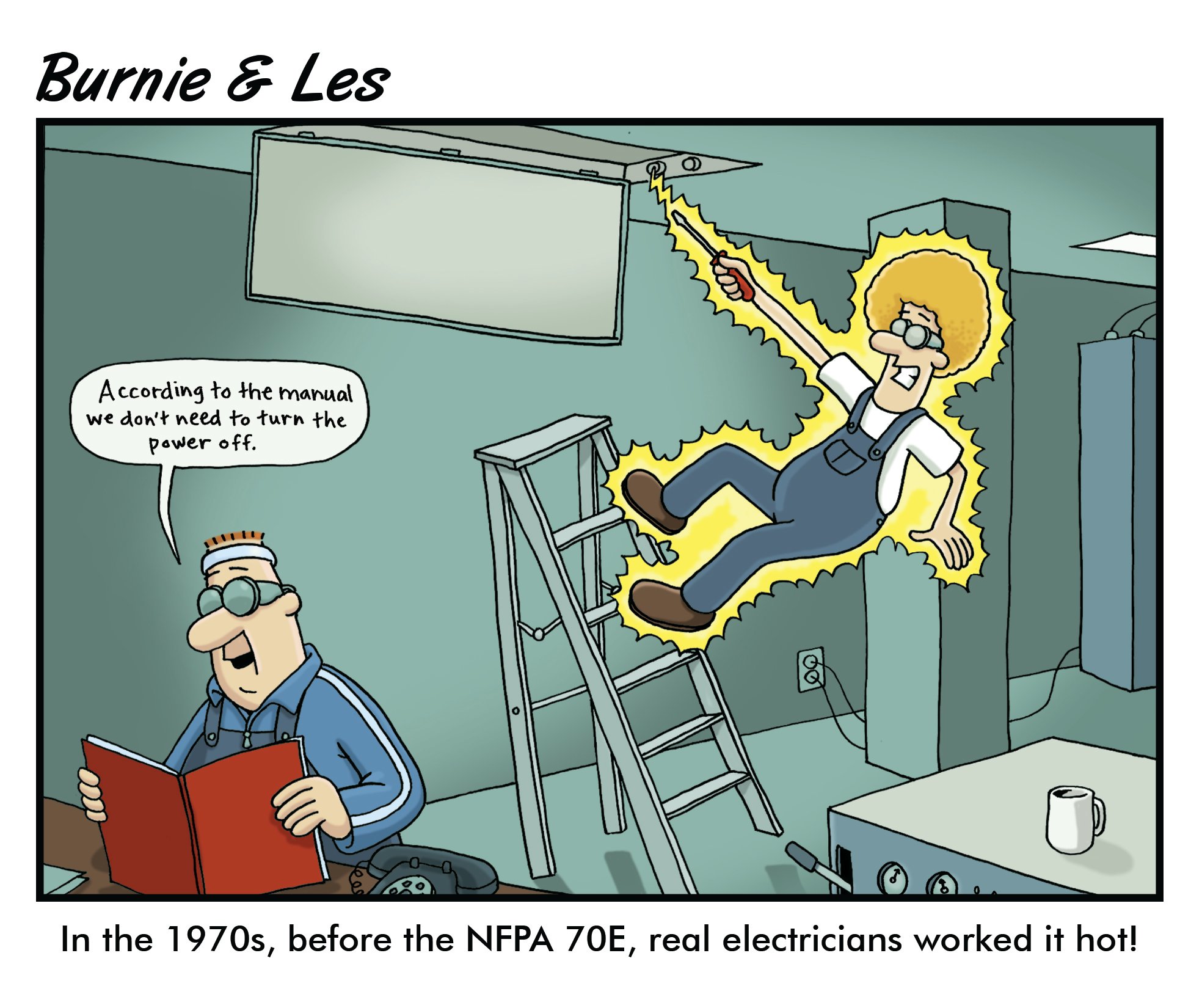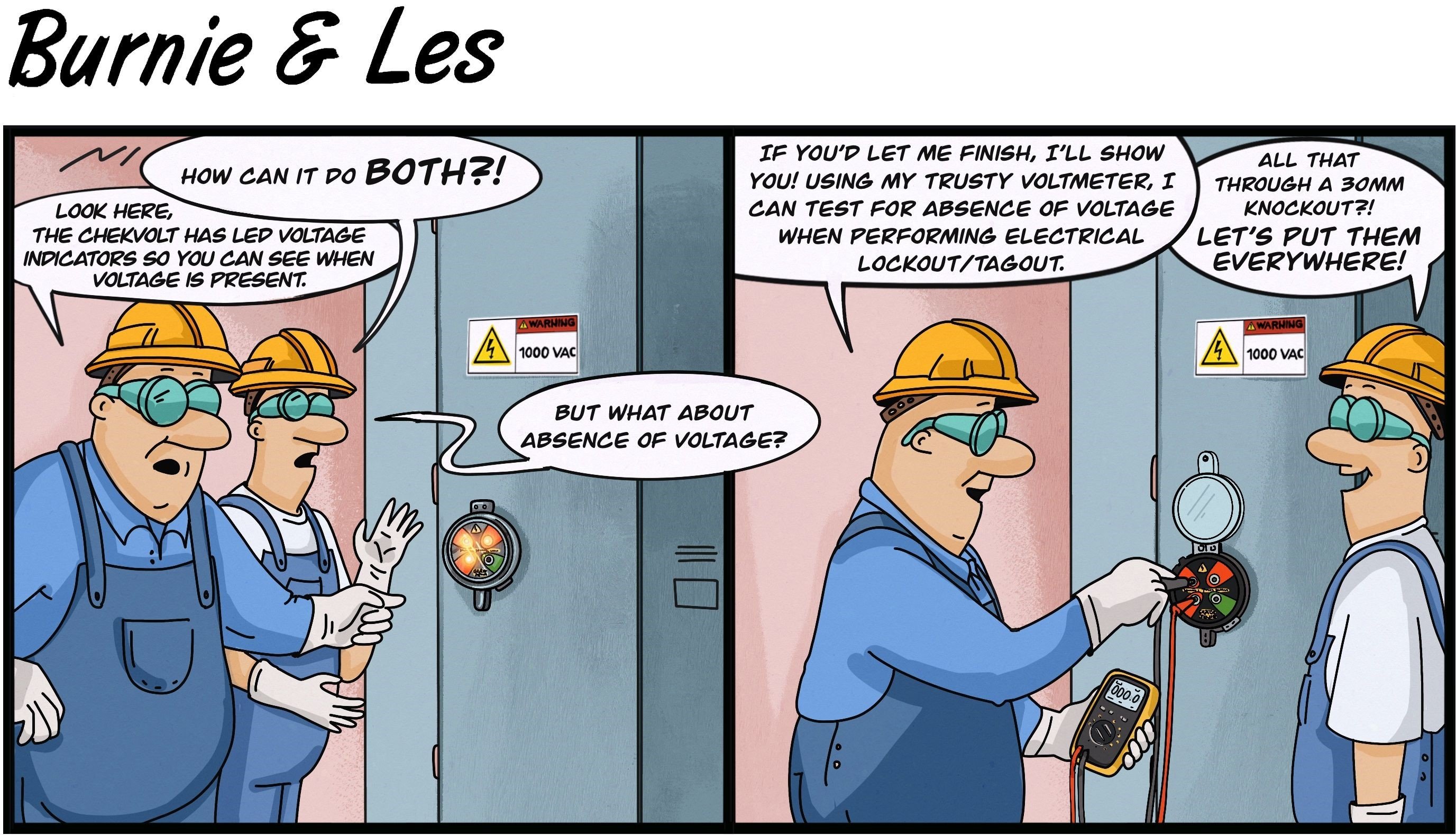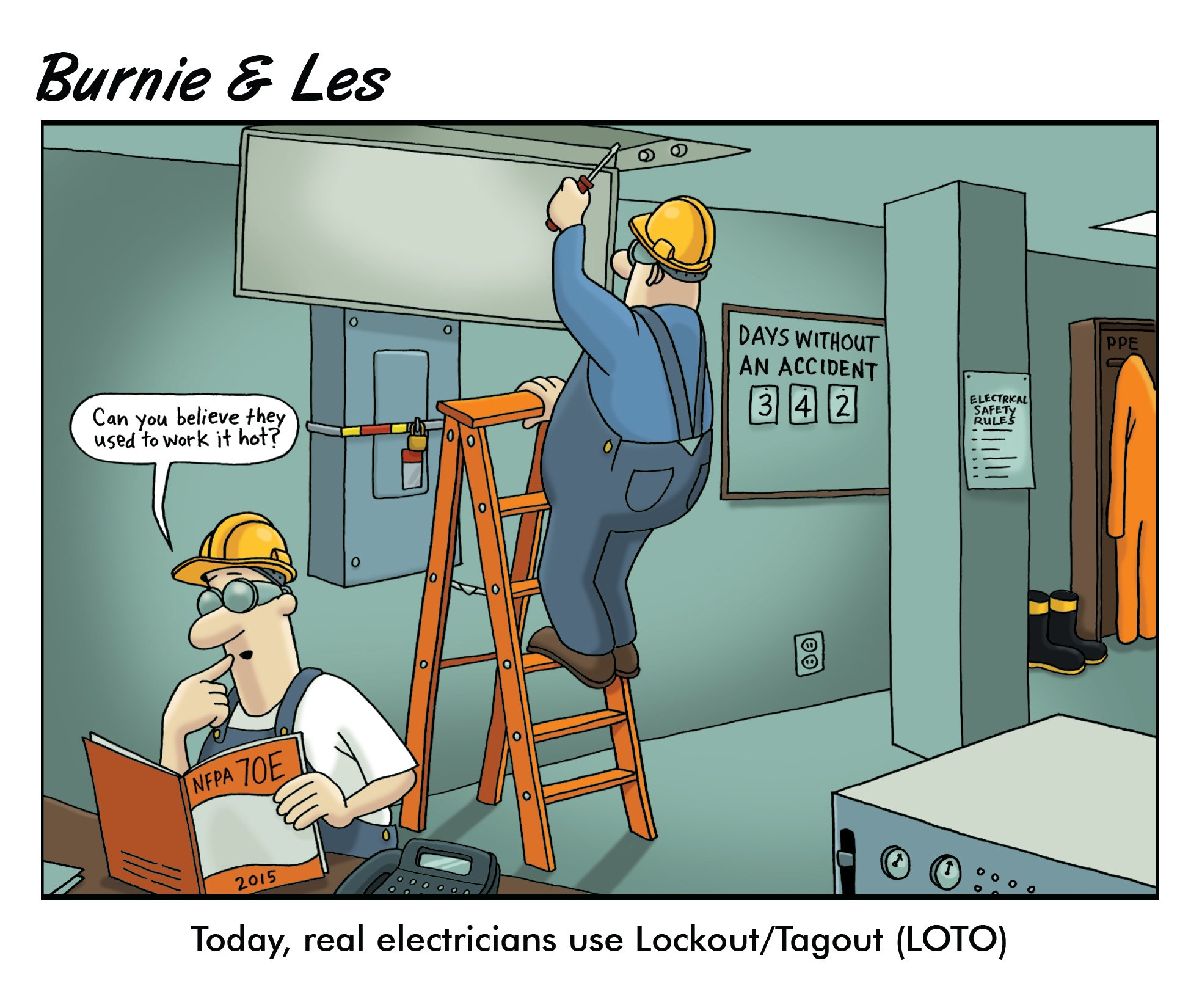
In the realm of workplace safety, few measures are as crucial as Lockout/Tagout (LOTO) procedures. These protocols are designed to protect employees from the unexpected release of hazardous energy, ensuring their well-being while they perform maintenance or servicing on machinery and equipment. Yet, despite their significance, lockout/tagout violations remain alarmingly common, leading to substantial OSHA citations for non-compliant companies. This blog will delve into the top 5 LOTO OSHA citations and explore strategies to prevent them. By addressing these critical areas of concern, companies can not only mitigate risk but also boost efficiency and productivity while aligning with regulatory requirements.
At the core of an effective LOTO program lies the development and utilization of energy control procedures. These procedures, documented and implemented by companies, serve as the foundation for managing potentially hazardous energy during work activities. By following these established guidelines, employees can significantly reduce the risk of accidents caused by unexpected re-energization or the release of stored energy.
Top 5 OSHA Citations for LOTO & Prevention Strategies
1. 1910.147(c)(4): Energy Control Procedure
Procedures shall be developed, documented, and utilized for the control of potentially hazardous energy when employees are engaged in the activities covered by this section.
Prevent being cited for this procedure by implementing a documented LOTO procedure. Ensuring employee training and compliance can yield significant benefits for companies. By adhering to these practices, companies can reduce risks, enhance efficiency, improve productivity, and maintain compliance with OSHA regulations.
"Lockout" procedures involve following written steps to bring a machine to a zero energy state. Once the machine is de-energized, locks are applied to energy isolation devices, empowering personnel to maintain control over hazardous energy. "Tagout" devices serve as visual indicators that equipment is in a de-energized state and undergoing maintenance.
When these procedures are combined, the LOTO process ensures that lockout devices and identification tags work in unison, signaling that a qualified individual is safely performing an energy-isolated task. By diligently following LOTO procedures mandated by their employers, employees can effectively protect themselves against the risks of unexpected re-energization or the release of stored energy.
By investing in a documented LOTO procedure and prioritizing employee training and compliance, companies can create a safer work environment, mitigate potential hazards, and unlock a pathway to heightened efficiency and productivity while upholding OSHA's regulatory requirements.
2. 1910.147(c)(7): Training and Communication
The employer shall provide training to ensure that the purpose and function of the energy control program are understood by employees and that the knowledge and skills required for the safe application, usage, and removal of the energy controls are acquired and demonstrated by employees, and documented by the employer.
While OSHA mandates periodic training for authorized and affected employees, organizations have the opportunity to tailor their training programs to address specific requirements. Merely meeting minimum compliance standards falls short of achieving optimal safety and productivity levels.
In the modern landscape, companies can go beyond OSHA standards and bolster compliance by incorporating Permanent Electrical Safety Devices (PESDs) into their LOTO programs. By strategically installing PESDs in areas where LOTO procedures are conducted, companies can seamlessly integrate these supplementary safety measures into their comprehensive training programs. This proactive approach not only further reduces risks but also enhances productivity, offering a win-win situation for employee well-being and operational effectiveness.
3. 1910.147(c)(6): Periodic Inspection
The employer shall conduct a periodic inspection of the energy control procedure at least annually to ensure that the procedure and the requirements of this standard are being followed.
A successful audit program relies on three essential steps: maintaining the appropriate frequency of annual periodic inspections, ensuring authorized employees possess the necessary competence to conduct audits, and verifying that inspections are accompanied by accurate documentation. Cultivating an environment that prioritizes productivity and efficiency requires a strong commitment to employee security, safety, and well-being.
According to the U.S. Department of Labor, a workplace that emphasizes safety and health not only shields workers from harm and illness but also yields a range of valuable outcomes. This includes lower costs associated with injuries and illnesses, reduced absenteeism and turnover rates, heightened productivity and quality, and boosted employee morale. In essence, safety is not only a fundamental practice but also a sound business strategy that contributes to overall success.
4. 1910.147(c)(1): Energy Control Program
The employer shall establish a program consisting of energy control procedures, employee training, and periodic inspections to ensure before any employee performs any servicing or maintenance on a machine or equipment where the unexpected energizing, startup, or release of stored energy could occur and cause injury, the machine or equipment shall be isolated from the energy source and rendered inoperative.
The Energy Control Program serves the purpose of establishing written policies and regulations within your safety management system. This program specifically focuses on the practices and procedures required to disable machinery or equipment, effectively preventing the release of hazardous energy during servicing and maintenance tasks.
When implementing your procedures, incorporating Permanent Electrical Safety Devices (PESDs) can prove highly advantageous. By documenting and providing training on the proper use and interpretation of these devices as part of your LOTO procedure, you ensure that employees are well-equipped to handle the specific equipment where PESDs are installed. PESDs can be customized with warning labels, offering valuable assistance to employees when conducting LOTO on equipment featuring voltage indicators and/or portals. This customization significantly reduces their exposure to hazardous energy, enhancing overall safety during the process.
5. 1910.147(d) Application of Control
The established procedures for the application of energy control (the Lockout or Tagout procedures) shall cover the following elements and actions and shall be done in the following sequence:
- Preparation for shutdown: Before an authorized or affected employee turns off a machine or equipment, the authorized employee shall have knowledge of the type and magnitude of the energy, the hazards of the energy to be controlled, and the method or means to control the energy.
- Machine or equipment shutdown: The machine or equipment must be turned off or shut down using the procedures established for it to avoid any additional or increased hazards to employees as a result of the machine or equipment stoppage.
- Machine or equipment isolation: All energy-isolating devices that are needed to control the machine’s energy source must be located. These devices must then be used to isolate the machine or equipment from its energy source(s).
- Lockout or Tagout devices must be affixed to each energy-isolating device by authorized employees.
- Stored energy: After the energy-isolating device has been locked out or tagged out, all potentially hazardous stored or residual energy must be relieved, disconnected, restrained, and otherwise rendered safe.
- Verification of isolation: Before any work begins on machines or equipment that have been locked out or tagged out, an authorized employee must verify that the machine or equipment has been properly isolated and de-energized.
To prevent OSHA citations for non-compliance with the energy control procedure, companies can prioritize comprehensive training programs and employ alternative means of ensuring compliance. Thorough education on the six-step sequence for energy control is crucial, covering aspects such as preparing for shutdown, proper machine or equipment shutdown, locating and utilizing energy-isolating devices, correct application of Lockout or Tagout devices, proper handling of stored energy, and verification of isolation before commencing work.
Incorporating PESDs into the training and implementation of the energy control procedure further enhances compliance, worker safety, and productivity. PESDs provide advanced features like voltage indicators and test points with custom warning labels, enabling employees to easily identify de-energized equipment and minimize exposure to hazardous energy. This integration streamlines the energy control process, reducing downtime and increasing productivity. Additionally, PESDs contribute to a culture of safety, demonstrating a commitment to employee well-being and regulatory adherence. By investing in comprehensive training and utilizing PESDs, companies create a safer work environment, prevent OSHA citations, and promote efficiency.

As a final tip for citation prevention, request a sample of our new ChekVolt. This PESD was engineered with LOTO's infamous track record for compliance in mind. Here's how we help you comply:
- NFPA 70E 120.5(4) – ChekVolt voltage indication LEDs illuminate when hazardous voltage is present until stored electrical energy is released, providing a warning of hazardous voltage that may harm maintenance personnel believing equipment to be in a depowered state.
- NFPA 70E 120.5(7) – ChekVolt high impedance protected test points allow a qualified electrician to safely test phase-to-phase and phase-to-ground for absence of voltage using an adequately rated portable test instrument (i.e. voltmeter). Per 120.5 (7): “Before and after each test, determine that the test instrument is operating satisfactorily through verification on any known voltage source.”




